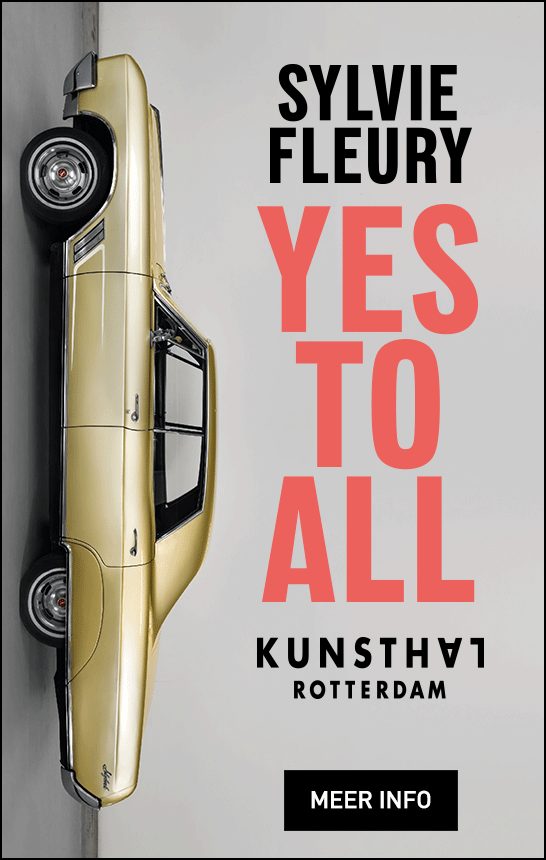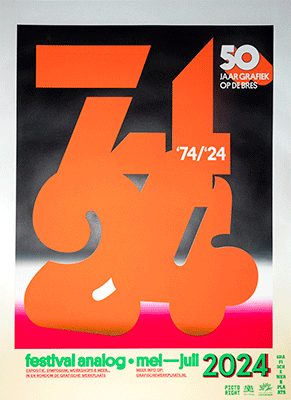Riet Wijnen
Riet Wijnen
Sandberg Instituut, Amsterdam
Riet Wijnen (1988) studied at the AKV|St.Joost and the Sandberg Instituut, where she completed her MA in 2012. In her work, she reveals herself to be an investigative observer who breaks open and questions the self-evident.
Why the Sandberg Instituut?‘During my bachelor work at the AKV|St.Joost, the idea of following a master programme occasionally crossed my mind, but I decided to study art history at the Radboud University in Nijmegen. I was already registered there when I was approached by some of the graduate schools, including the Sandberg Instituut, during the final exam presentations at the AKV|St.Joost. I knew it was now or never, so I applied. For a long time, I debated between the Sandberg and the Dutch Art Institute (DAI) in Arnhem. After visiting them, and exchanging e-mails back and forth, I chose the Sandberg, in part because of the location and the curriculum, which is extremely focused on studio practice. The structure of their master programme offers the space for developing your own tailor-made programme, and to make your own decisions about moments of input or concentration. And for two years, you have access to a studio that is always available for you.’
What kind of artist does the Sandberg train?‘Free, autonomous, rather conceptual and theoretically well-grounded. The diversity is broad, from visual artists to curators and dancers.’
How did you experience the difference between the BA and the MA?‘The major difference in my opinion is primarily the relationship to the outside world. Where you are mostly concerned with developing your own work during the bachelor’s, during a master’s study, you are expected to be relating to the public and the art world: it requires you to position yourself. As one teacher said, ‘If you have completed a master’s programme, you can no longer be naive.’ As of last year, students complete their study in the form of solo presentations at renowned art institutes in Amsterdam. Each student is coupled with an institute. This creates a direct link with the art world. The Sandberg model offers space for encounters with both the international and the national art world, and time to expand and deepen your work. It is a luxury!’
What do you think back on with pleasure?‘In any case, the permanent team of Krist Gruijthuijsen, Nicoline van Harskamp, Aaron Schuster and Raimundas Malašauskas. They have very different ways of approaching your work, which can be wonderful at different moments in the process. The discussions with Aaron and Raimundas often were highly associative and went in all directions, while Krist and Nicoline wanted to know everything about specific details, choices and motives. I often think about a lecture by Jason Dodge in 2012, part of the Sandberg Series. He had forgotten the charger for his laptop in the last hotel he had stayed in, so the laptop was not working and he had no visual material. His lecture was made up purely of the spoken word, but afterwards, I had a very clear image of what his work looked like, without ever having seen any documentation on it. A few weeks later, I was walking through the Palais de Tokyo and thought I recognized a work: Dodge’s words were images and his images were thoughts.’
Has the master programme given your development a new direction?‘It has in any case added a lot of new things. I have begun working with new media. I have, for example, completed a 16mm film and written a report of a fictional conversation. I am reading and researching more, in other fields as well, such as the sciences. It has brought developments that were already there, somewhere in the background, into high gear. I want to use the next two years to spend as much time as possible in my studio, to reflect on all the new impulses, thoughts and forms from the last few years and make them more my own.’






















